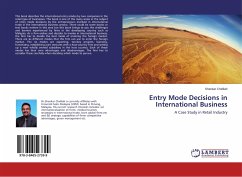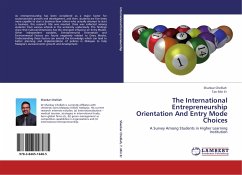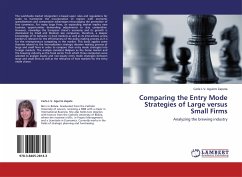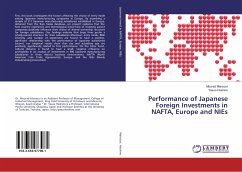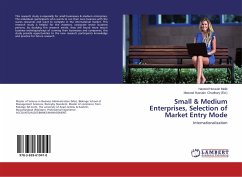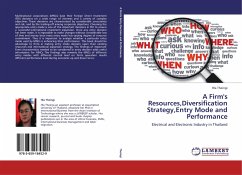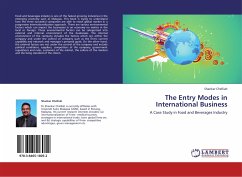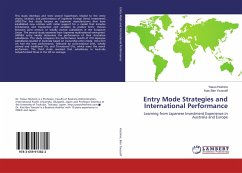
Entry Mode Strategies and International Performance
Learning from Japanese Investment Experience in Australia and Europe
Versandkostenfrei!
Versandfertig in 6-10 Tagen
28,99 €
inkl. MwSt.

PAYBACK Punkte
14 °P sammeln!
This study develops and tests several hypotheses related to the entry choice, location, and performance of Japanese Foreign Direct Investments (JFDI).The first study focuses on Japanese manufacturers that have established new entities with initial support for a model that includes institutional and transaction cost variables to predict firms' choices between joint venture or wholly owned subsidiaries in the European Union. The second study examines how Japanese multinational enterprises' (JMNEs) entry modes determine the performance of their Australian subsidiaries. The study compares the perf...
This study develops and tests several hypotheses related to the entry choice, location, and performance of Japanese Foreign Direct Investments (JFDI).The first study focuses on Japanese manufacturers that have established new entities with initial support for a model that includes institutional and transaction cost variables to predict firms' choices between joint venture or wholly owned subsidiaries in the European Union. The second study examines how Japanese multinational enterprises' (JMNEs) entry modes determine the performance of their Australian subsidiaries. The study compares the performance results of 210 Japanese subsidiaries located in Australia based on ownership entry mode. Intra-firm JVs had the best performance, followed by cross-national DJVs, wholly owned and traditional JVs, and Tri-national IJVs, which were the worst performers. The third study revealed that subsidiaries in Australia outperformed those in the UK on average.



